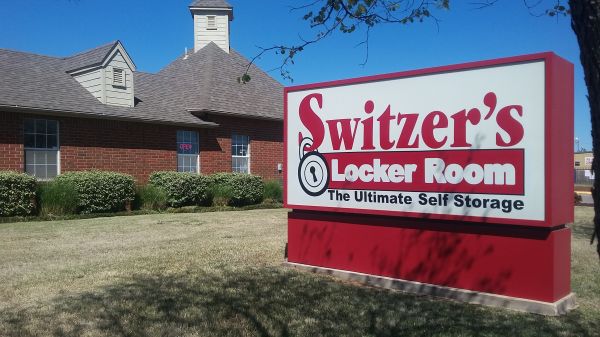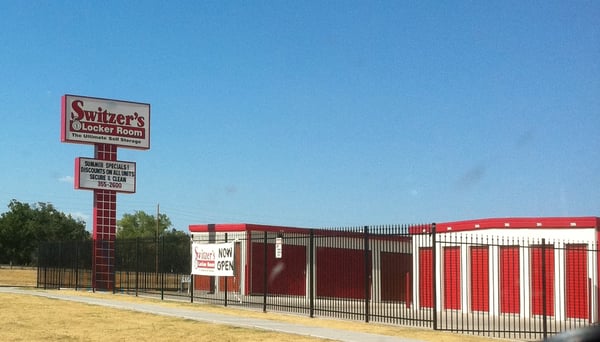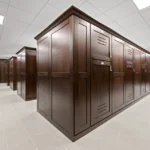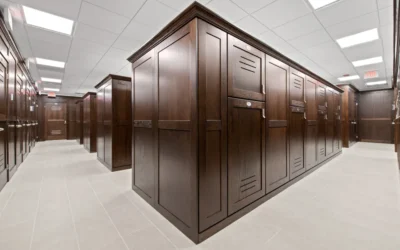Public Storage purchased a portfolio of 11 facilities in the Oklahoma City market last week, doubling the number of facilities it operates in the state.
The portfolio was sold by Switzer’s Locker Rooms. Former University of Oklahoma football coach Barry Switzer (pictured at top) was a partner in the business. Purchase price was not disclosed.
“These properties are in great locations and were all built in the last 10 years,” said Eric Svensson, the company’s vice president of acquisitions in a statement, “They have great access, visibility and serve growing communities.”
Public Storage pointed to population growth (9 percent over the last five years), growth in new housing starts and job growth as factors supporting the acquisition.
Oversupplied?
However, a recent report found Oklahoma City is the most oversupplied market for self-storage in the country.
Oklahoma City has about 10.12 square feet of self-storage supply per person with demand forecast at 7.55 square feet, according to CBRE’s Self-Storage Valuation Metro Market report. The findings were based on occupancy, income and cap rate.
But industry insiders have differing opinions on just how oversupplied the Oklahoma City market is. Even report co-author Chris Sonne emphasizes that “the local trade area is critical in all markets.”
Anne Hawkins, executive vice president at STR, estimates there are about 270 facilities in Oklahoma City. Some of the largest operators in this market include American Self Storage, Morningstar Self Storage, SecurCare Self Storage, Simply Self Storage and, until this month, Switzer’s Locker Room.
Development risks
Bill Bellomy, principal of Austin-based Bellomy & Co., was also surprised.
“I wouldn’t describe Oklahoma City as overbuilt, or on its way to being the most overbuilt,” he said. “I think it’s actually the opposite. Developers are shying away from there because of risks due to a lot of oil and gas companies cutting employees.”
Specifically, he says two of the region’s largest employers – Devon Energy and Chesapeake – have cut jobs over the last year.
“That discourages a lot of development,” Bellomy said.
‘A whole lot of storage’
Lee Spivey, vice president of operations for Apublix Self-Storage, believes that the Oklahoma City market “as a whole has a lot of storage.”
“But if you break it down, it’s not homogenous throughout the market,” he said.
Apublix operates three facilities in the market, including one near Tinker Air Force Base.
“Depending on where you go within the greater metro area, the density of storages goes up and down,” he said.
The area around the Tinker Air Force Base in Oklahoma City, for example, is getting very saturated. Within the past year, Boeing announced it was transferring some of its operations from the West Coast to Tinker. Plus, there’s many active and reserve military personnel there.
“There’s been a significant influx of people – with new employees and their families and the support that goes with it,” Spivey said. “So I personally feel it’s getting saturated there.”
So while he doesn’t feel the city is oversupplied yet, he does think developers and operators need to be careful.
“We don’t want to have overcapacity and not be able to fill it,” he said.
Part of the cycle
Jeff Coomer manager of Gatekeeper Storage in Oklahoma City, said he’s not surprised by the findings.
He conducts comp studies every two weeks and discovered more than 45 stores within a 10-mile radius of his.
“Most are probably three to four miles away, but it’s still huge,” he said.
Commer believes a lot of the larger self-storage operators have blanketed the market with some even “building 10 stores in a 10-mile stretch.”
Overall, though, he believes the market goes in cycles and that customer service is still key.
“Our occupancy is 87 percent and I believe that’s because we still believe in customer service,” he said. “I like to spoil my customers.”
Alexander Harris contributed to this report. Top image via Wikipedia, licensed under the Creative Commons Attribution-ShareAlike 3.0 License.









